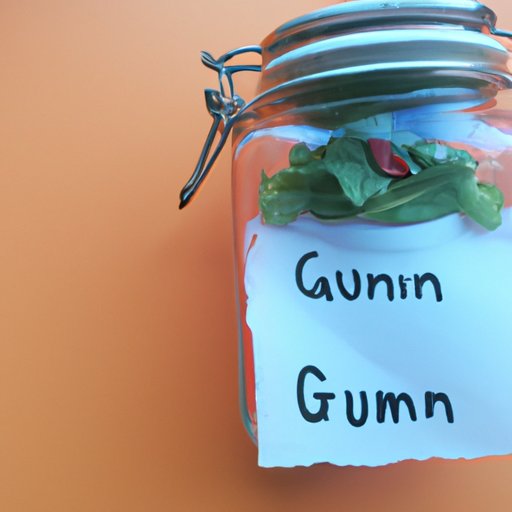
Can You Regrow Gums?
Gum recession is a common problem that affects many individuals of all ages. It occurs when the margin of the gum tissue surrounding the teeth pulls back, exposing more of the tooth or its root. Gum recession may be caused by various factors such as genetics, poor oral hygiene, hormonal changes, and others. The importance of addressing this issue cannot be overemphasized as it can lead to tooth decay, sensitivity, and even tooth loss. In this article, we will explore natural remedies, treatment options, and other tips for regrowing gums.
Natural Remedies for Regrowing Gums: What Works and What Doesn’t
Several natural remedies have been suggested to help regrow gums. While some are effective, others may not yield the desired results. For instance, oil pulling and green tea have been found to be effective in preventing and treating gum disease which plays a significant role in gum recession. These remedies contain antioxidants and anti-inflammatory properties that promote the growth of healthy gum tissues.
On the other hand, certain remedies such as aloe vera, hydrogen peroxide, and baking soda may not be as effective. While hydrogen peroxide and baking soda may help to eliminate bad breath and whiten teeth respectively, there is little scientific evidence to support their effectiveness in regrowing gums. It is pertinent to note that natural remedies should not replace dental treatment if the damage to the gums is severe.
Understanding Gum Recession: Causes, Symptoms, and Treatment Options
Gum recession may be caused by various factors such as genetics, aggressive brushing or flossing, hormonal changes, smoking and tobacco usage, and others. The symptoms of gum recession include tooth sensitivity, longer-looking teeth, and visible roots. It is essential to seek dental care if you notice any of these symptoms.
The treatment options available for gum recession include scaling and root planing which involves deep cleaning to remove plaque and tartar from the teeth. Antibiotics may also be prescribed to help treat the underlying cause of the gum recession. If the damage is severe, gum surgery may be necessary.
The Role of Oral Hygiene in the Regrowth of Gums
Good oral hygiene plays a significant role in maintaining healthy gums and teeth and may help stop and reverse gum recession. Brushing twice daily, flossing, and using an antiseptic mouthwash are essential oral hygiene practices. People with gum recession are advised to brush gently and not aggressively. Using a soft-bristled brush and a fluoride toothpaste can also be helpful.
The Pros and Cons of Gum Grafting: Is it Really Necessary for Receding Gums?
Gum grafting is a surgical procedure used to treat gum recession. It involves taking gum tissues from other parts of the mouth and attaching them to the affected area. While gum grafting may help to add gum tissues and reduce tooth sensitivity, it is not always necessary for receding gums.
The procedure also has its pros and cons. The benefits of gum grafting include protecting the tooth from further exposure, reducing tooth sensitivity, and improving the appearance of teeth. On the other hand, the downsides include the need for anesthesia, the risk of infection, and longer healing times.
Preventing Gum Recession: Tips and Tricks for a Healthy Smile
Preventing gum recession is usually easier than treating it. One of the best ways to maintain healthy gums is to consume a diet rich in fruits and vegetables, avoid smoking, and maintain good oral hygiene practices such as regularly visiting your dentist. Regular dental cleanings, checkups, and avoiding sugary drinks may also be helpful in maintaining a healthy smile.
Conclusion
Regrowing gums is possible through various treatment options and good oral hygiene practices. It is essential to seek the advice of a dental professional before trying any natural remedies or undergoing any surgical treatments. Preventing gum recession is also key to maintaining a healthy smile, and the tips mentioned above can be helpful in achieving this goal.





